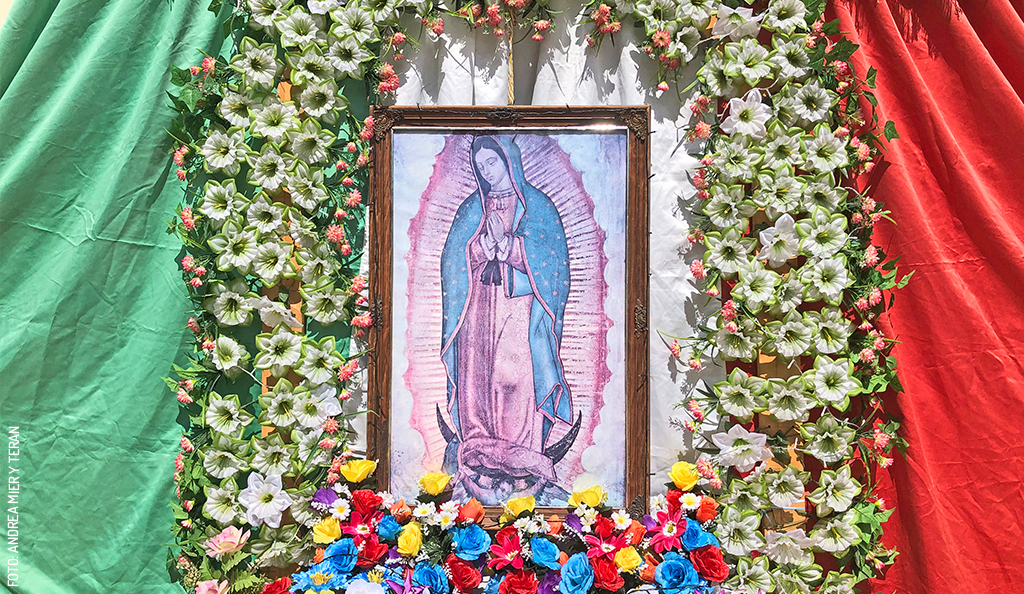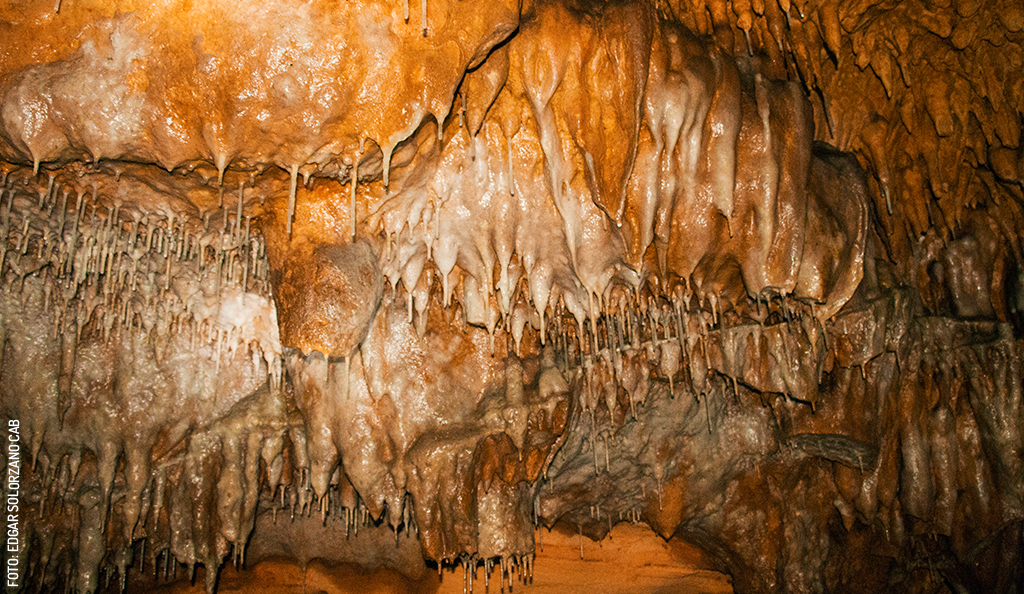
Xibalbá: Where do our departed go?
If you’ve seen movies such as Indiana Jones, Disney productions, and other Hollywood science fiction and action stories, it’s likely that you’ve heard the name Xibalbá pronounced in a dark and somber tone with creepy background music.
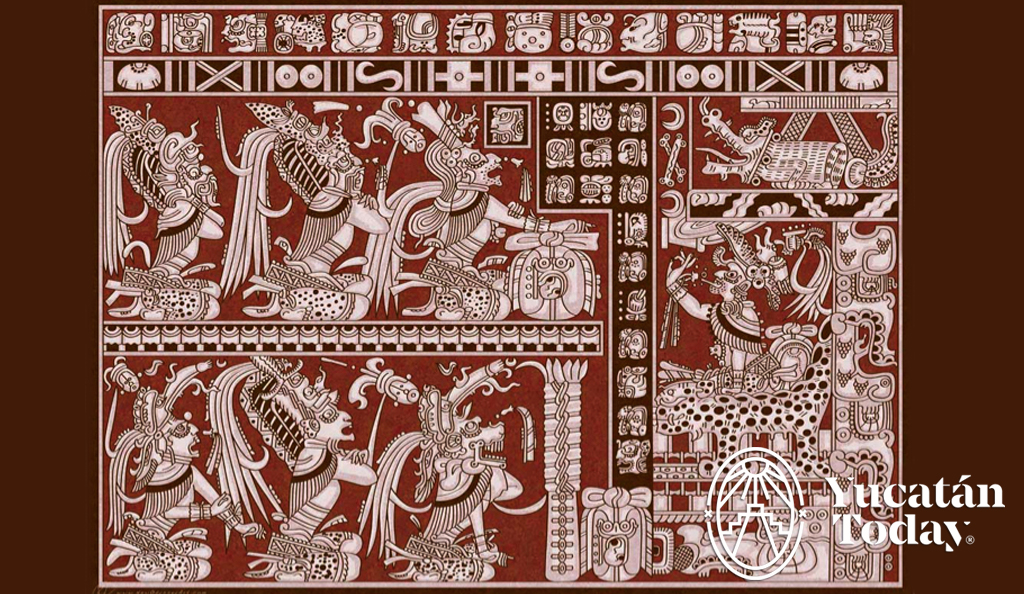 Recently, I was recommended to see a movie where I was legitimately impressed by the amount of research they did on the Maya worldview, just to have it deformed in the worst way possible. It is likely that this will continue to happen, because the Maya belief system has been transformed by these productions in order to satisfy our desire to know, what comes after life? Xibalbá has been an object of somewhat morbid curiosity for those of us who wish to know more about “the world of the dead,” as it’s commonly thought of. Xibalbá regains certain popularity at this time of year, during which we honor our dead, celebrate their lives and passions, and the memories that live on in our hearts.
Recently, I was recommended to see a movie where I was legitimately impressed by the amount of research they did on the Maya worldview, just to have it deformed in the worst way possible. It is likely that this will continue to happen, because the Maya belief system has been transformed by these productions in order to satisfy our desire to know, what comes after life? Xibalbá has been an object of somewhat morbid curiosity for those of us who wish to know more about “the world of the dead,” as it’s commonly thought of. Xibalbá regains certain popularity at this time of year, during which we honor our dead, celebrate their lives and passions, and the memories that live on in our hearts.
What is Xibalbá?
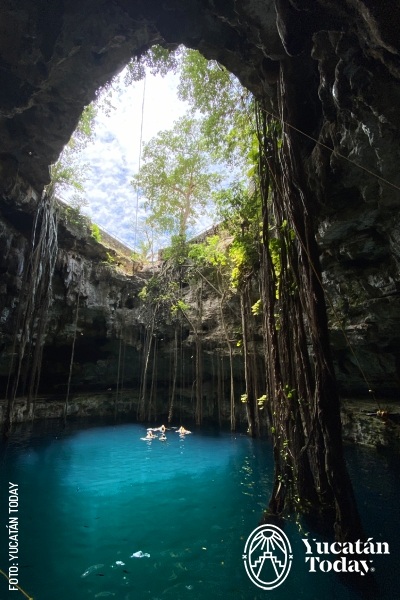 The Popol Wuj, the 16-century Maya book of advice, narrates the creation myths, speaks of Xibalbá as the place where the lords of the night live, and introduces this term for the underworld. Maya mythology explains this place as being located underneath our terrestrial plane, but accessible through caves.
The Popol Wuj, the 16-century Maya book of advice, narrates the creation myths, speaks of Xibalbá as the place where the lords of the night live, and introduces this term for the underworld. Maya mythology explains this place as being located underneath our terrestrial plane, but accessible through caves.
There are several paintings in caves, on ceramic, and on buildings which represent the portals to the underworld in different forms such as caves and jaws. In Yucatán, cenotes are also considered as portals to the underworld. Xibalbá can be translated as the “place of fear.”
After death, the Maya would bury the body so that it could belong to this community. The doorway between both planes allows those of us who dwell on Earth to have a connection with our ancestors though rituals and ceremonies. Some believe that death means a transmigration of souls that pass through the underworld; others believe that they remain there permanently. The term Xibalbá is highly debated, since out of the Popol Wuj, it isn’t really used to speak of this space in the way you may have heard of in movies.
Maya Traditions
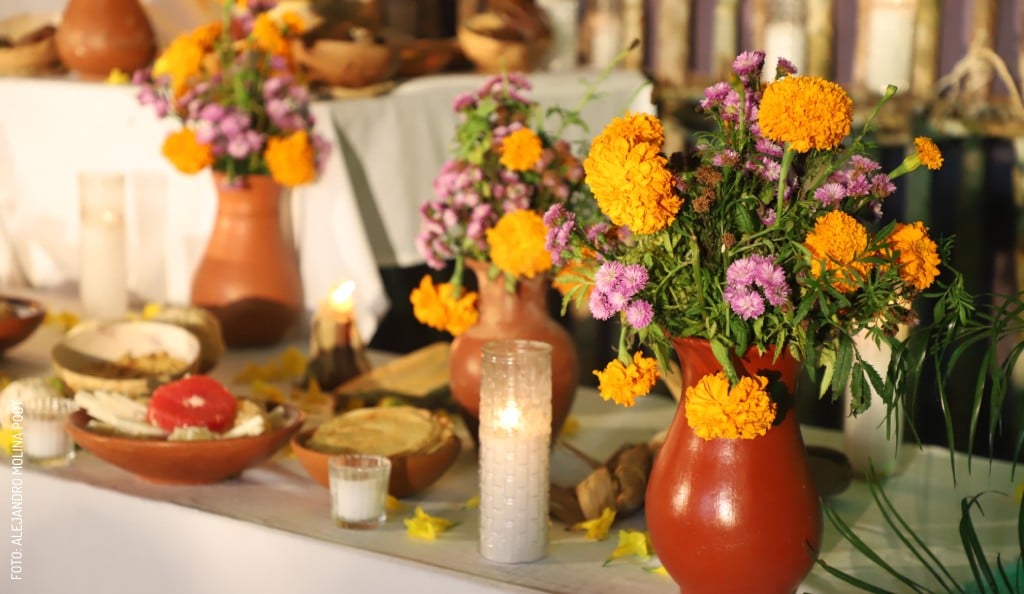 In the Maya towns of the Peninsula of Yucatán, there is a tradition of remembering our deceased because it is believed that if you don’t, you’ll get sick.
In the Maya towns of the Peninsula of Yucatán, there is a tradition of remembering our deceased because it is believed that if you don’t, you’ll get sick.
The offerings that you’ll see during Janal Pixan are part of a tradition that has been passed on from generation to generation for the remembrance of those that have begun their journey into the afterlife.
In Peto, the town where I was born, I learned about the Pixano’ob, or Janal Pixan, as the time when offerings are made to deceased loved ones, and they’re invited to Earth to enjoy them. A table is set with embroidered tablecloths, photos, candles, seasonal flowers, their favorite beverages, and select food and the pixano’ob (souls) are invited to come from the otherworld to visit. When you visit the towns of Yucatán, ask about this tradition and share with us: how do you honor your dead?
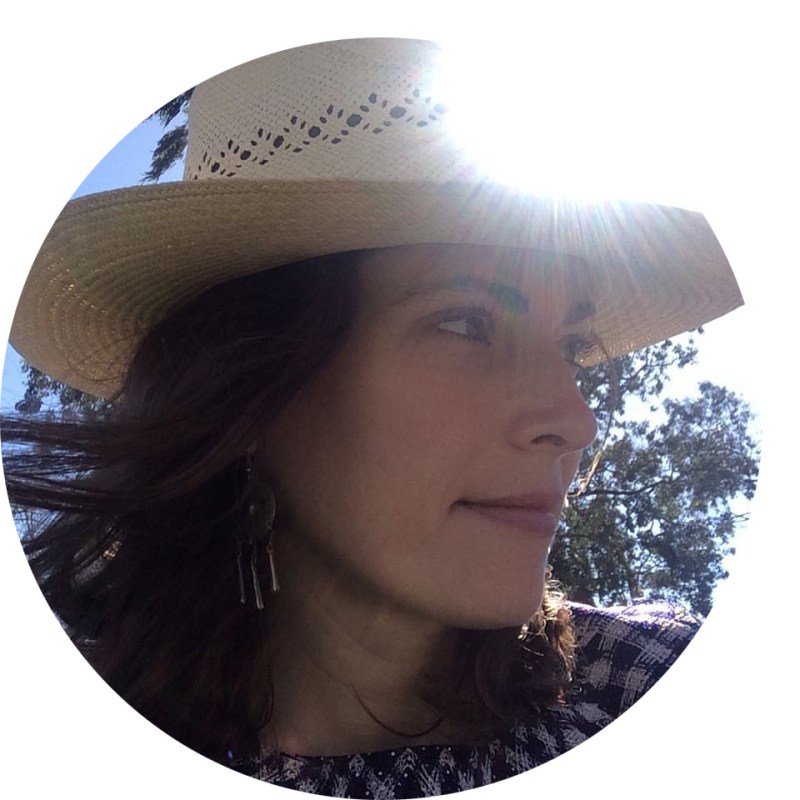
Author: Andrea Medina
Born in Mérida and raised in the heart of the Peninsula, I consider myself a “yucaterca.” My childhood – without electronics, surrounded by nature and indigenous communities – made me sensible towards real, simple, genuine things and people. At age 7, I started a radio show with the XEPET “The Voice of the Maya” which allowed my imagination and creativity to develop and become my favorite space.
In love with Yucatán? Get the best of Yucatán Today delivered to your inbox.
Related articles
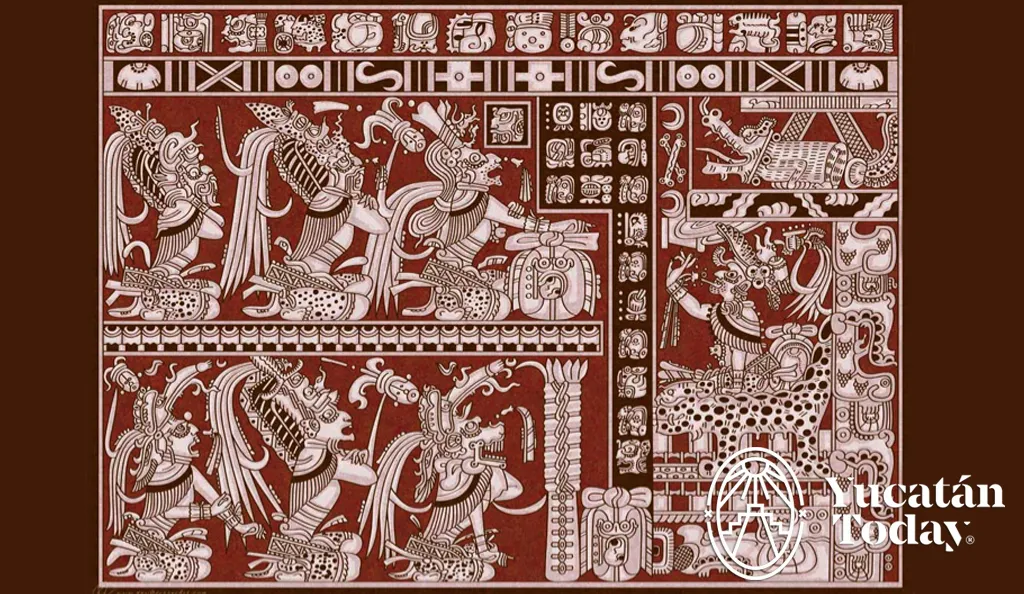
Discover the Maya Underworld
Find out how Xibalbá, the Maya underworld, was understood, organized and populated by different gods.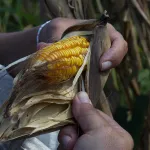
A Glimpse Into Maya Worldview: Turtles and Corn
Today more than ever we need to defend and cultivate native corn varieties… and observe that beautiful moment in which the land becomes a turtle and...